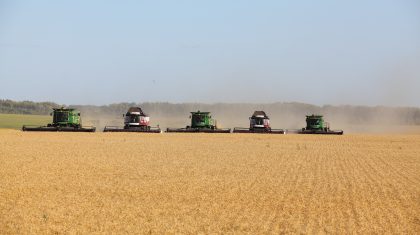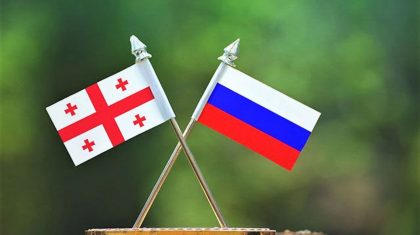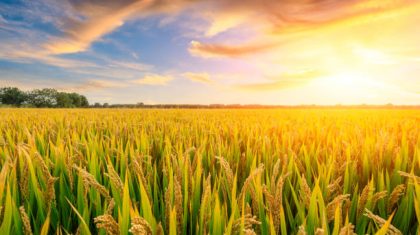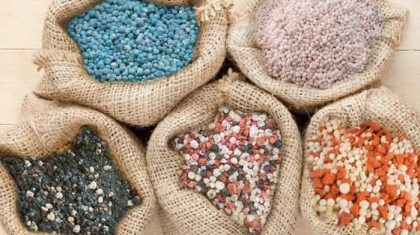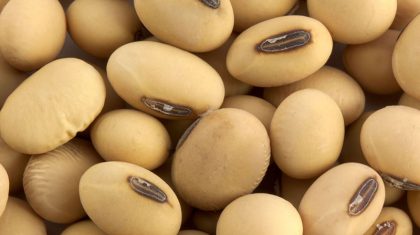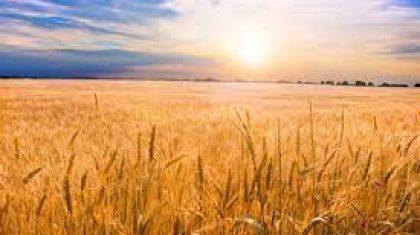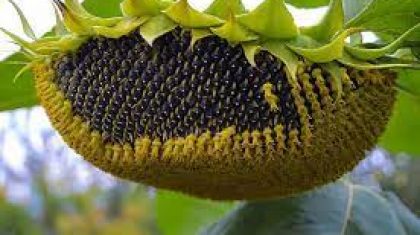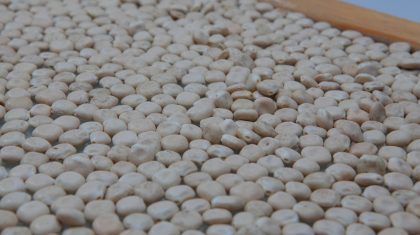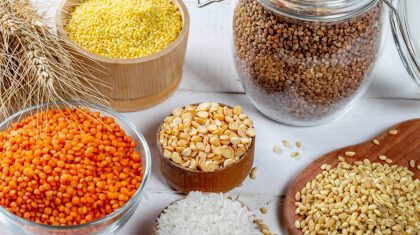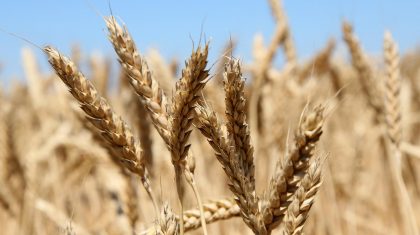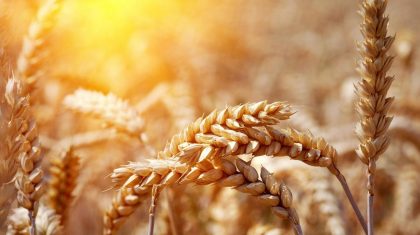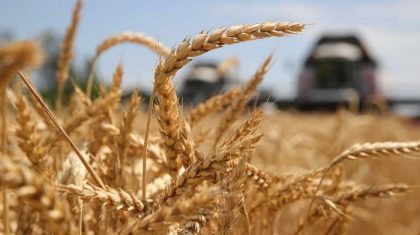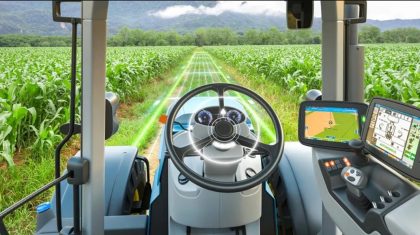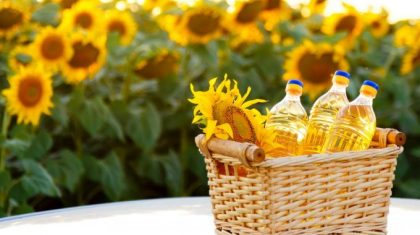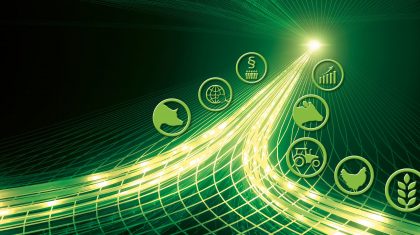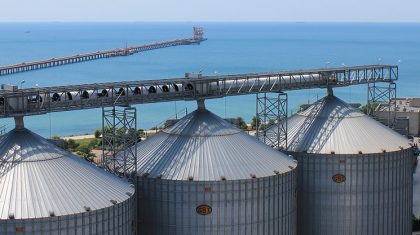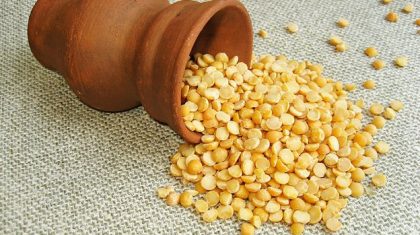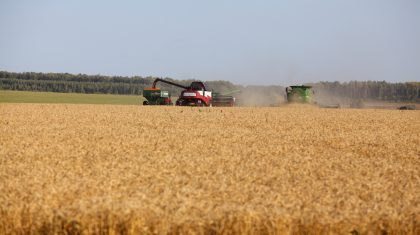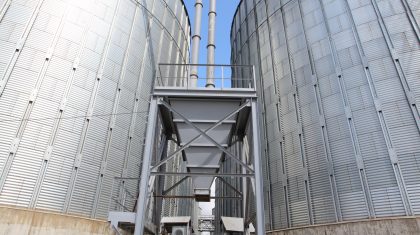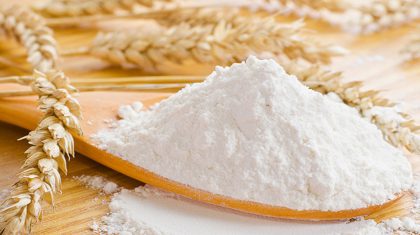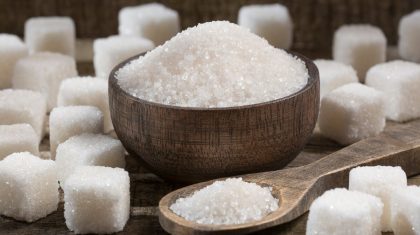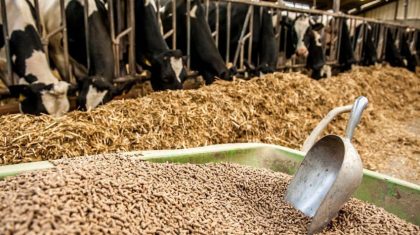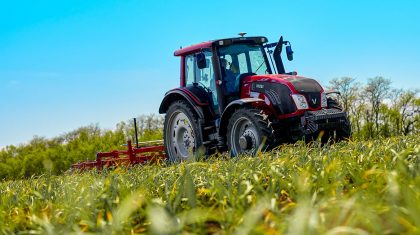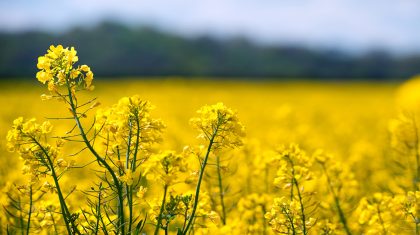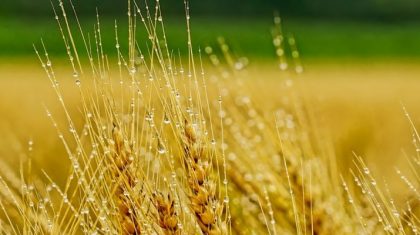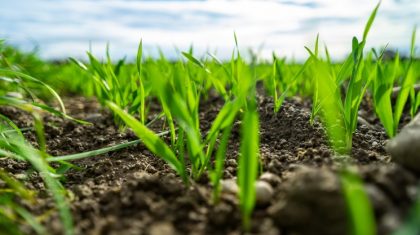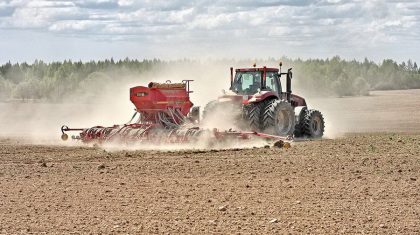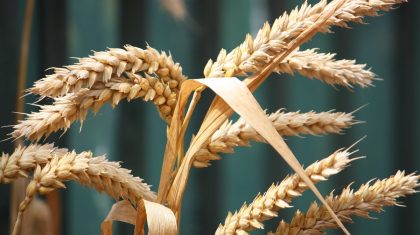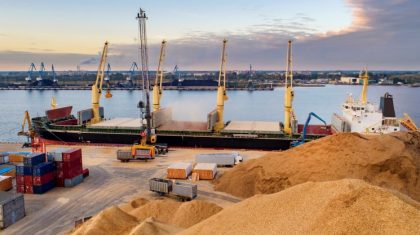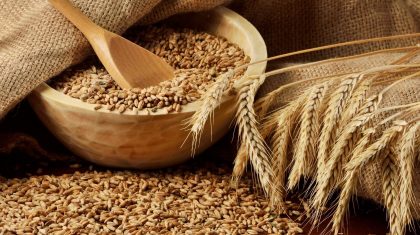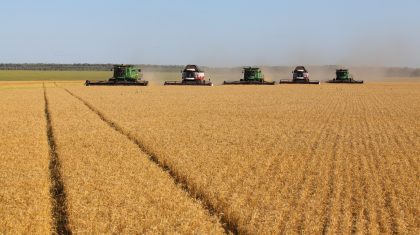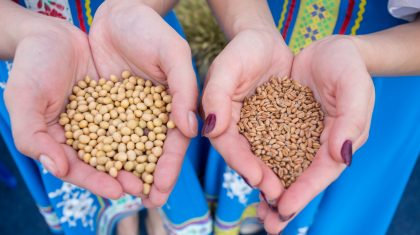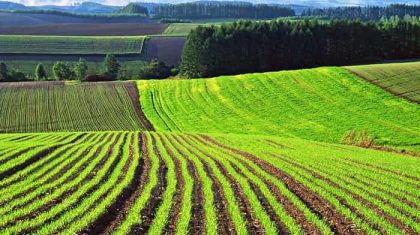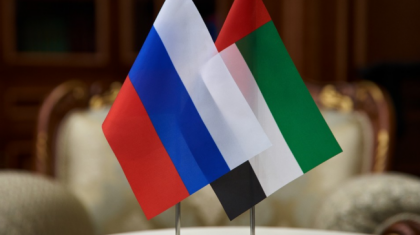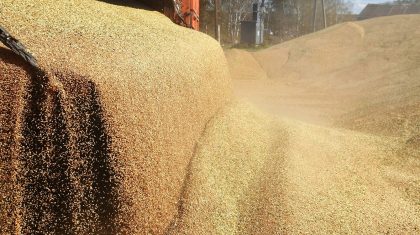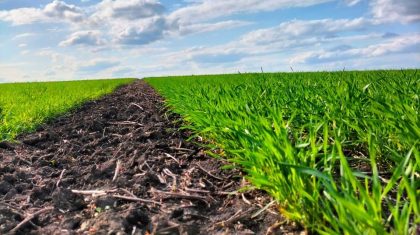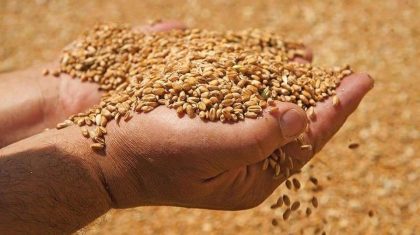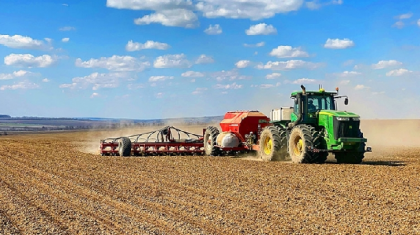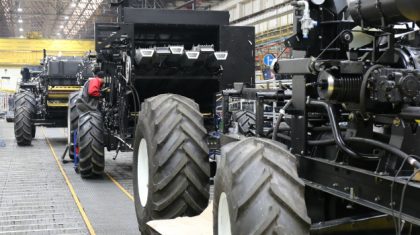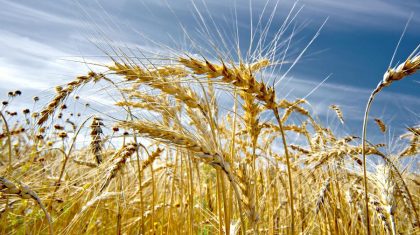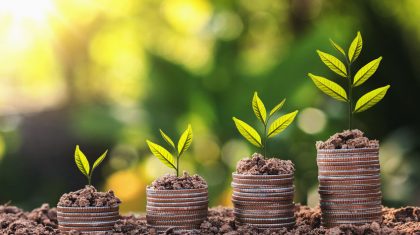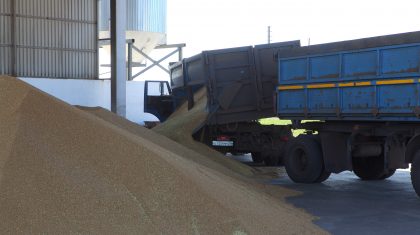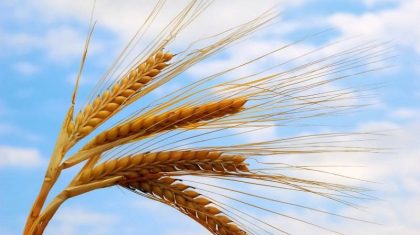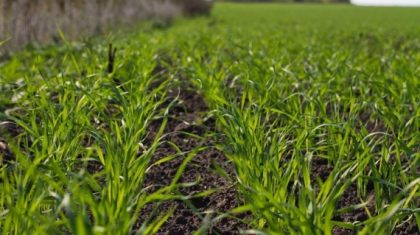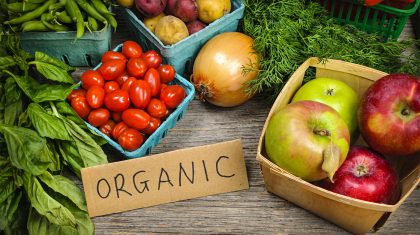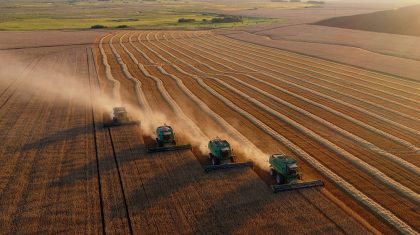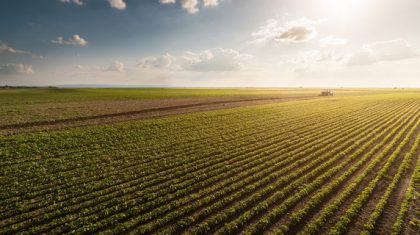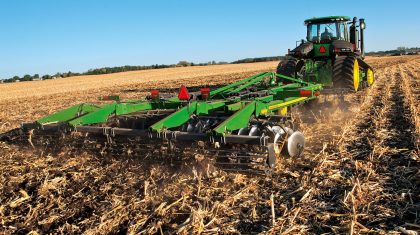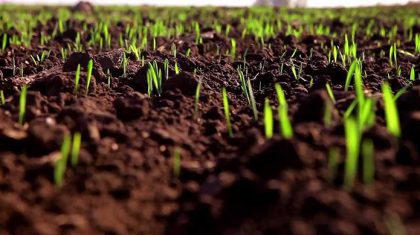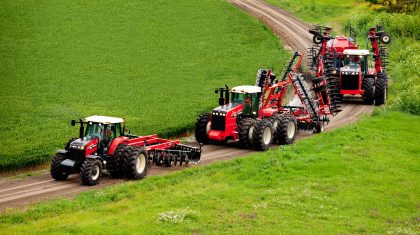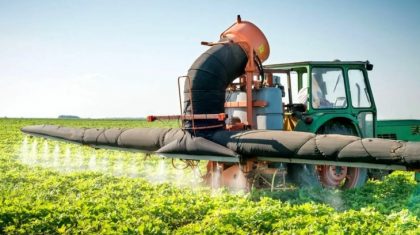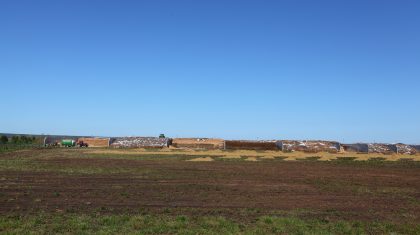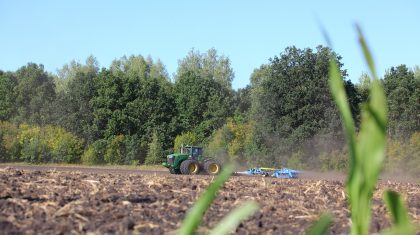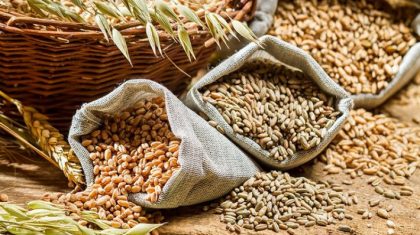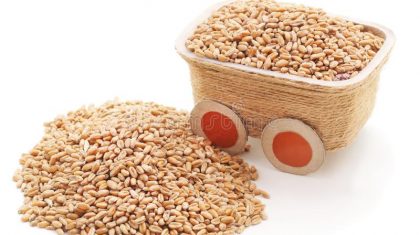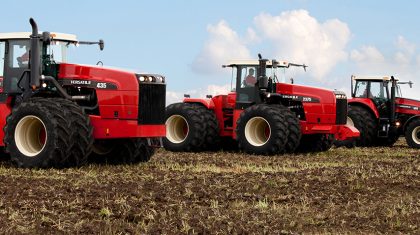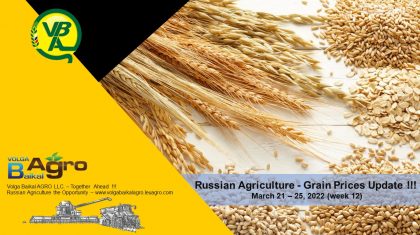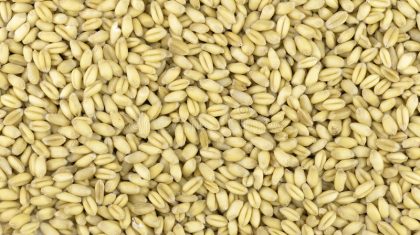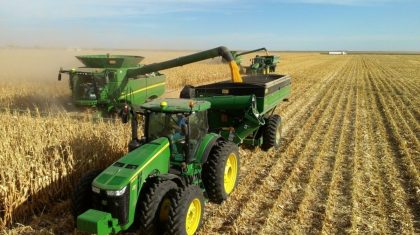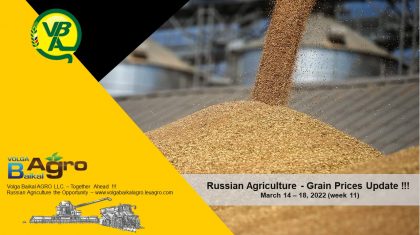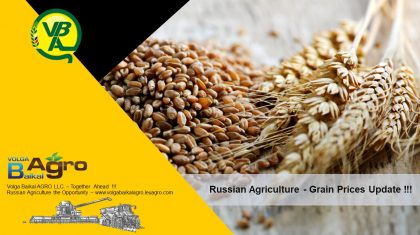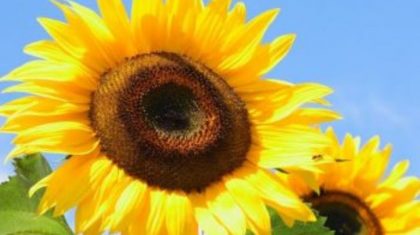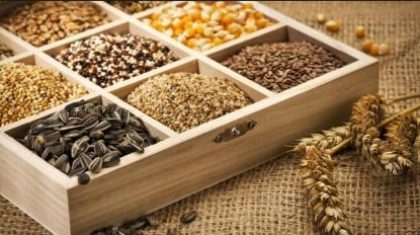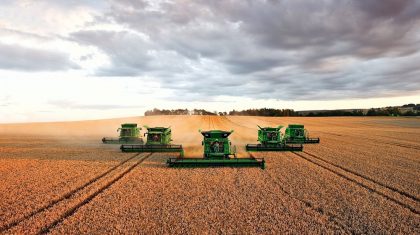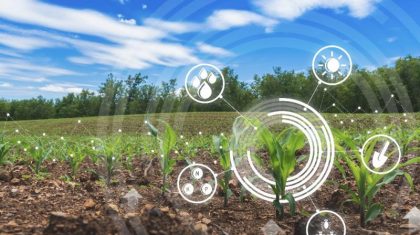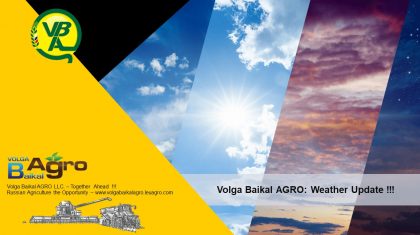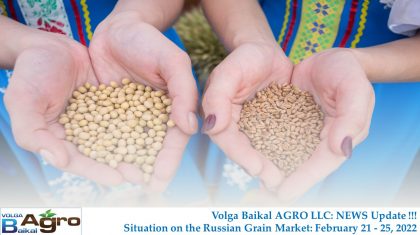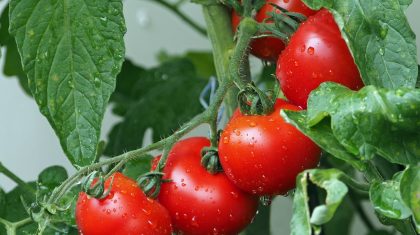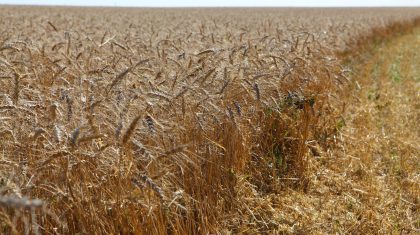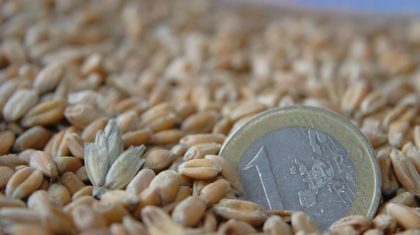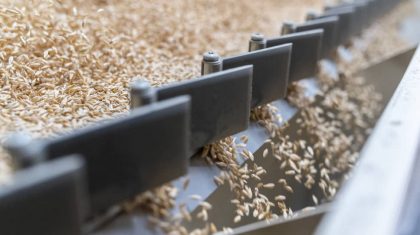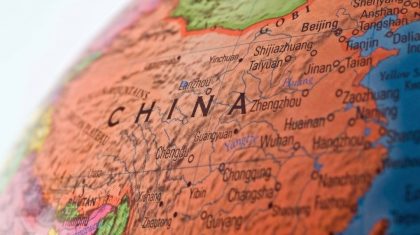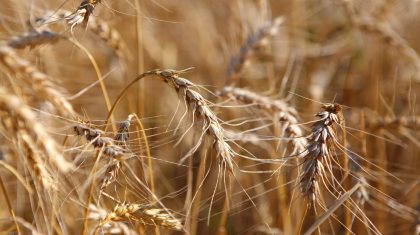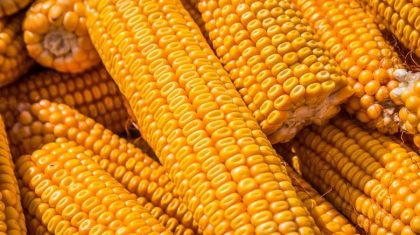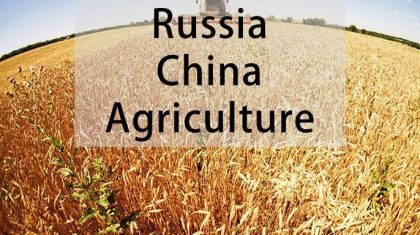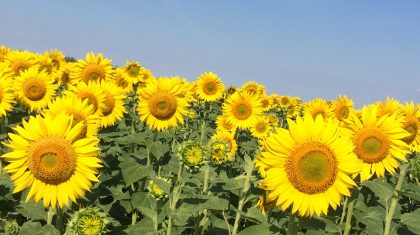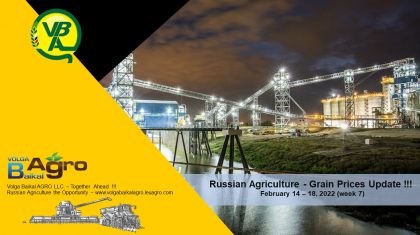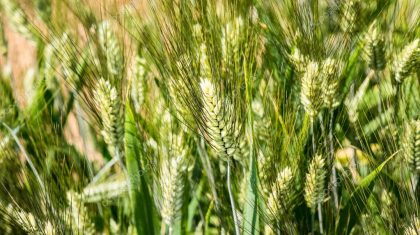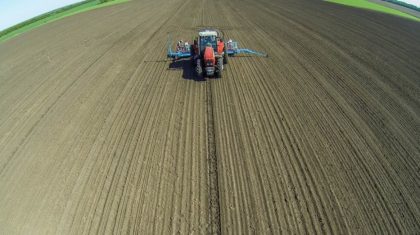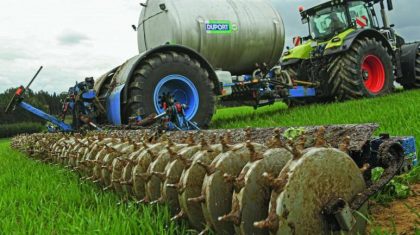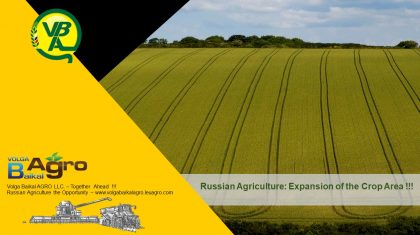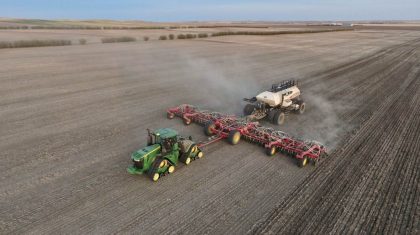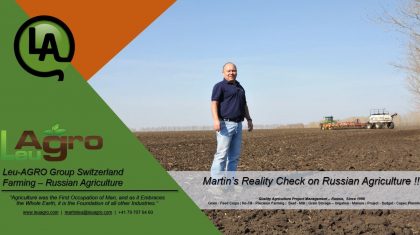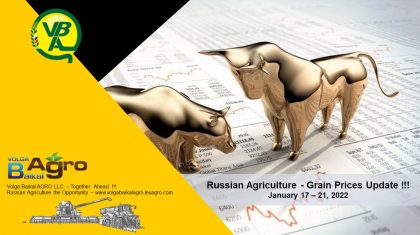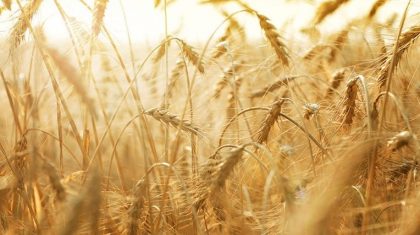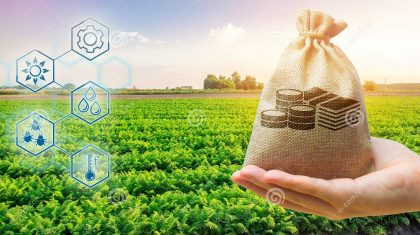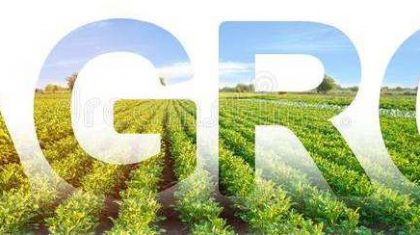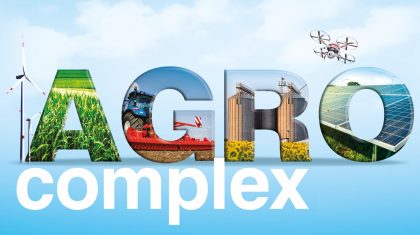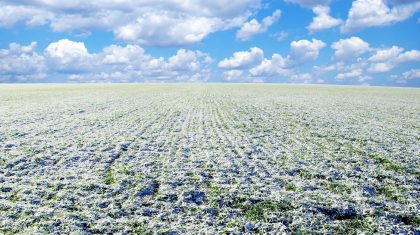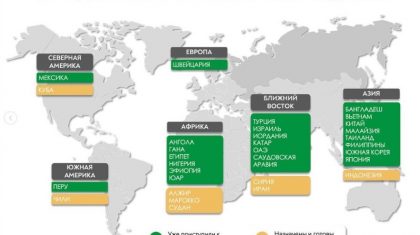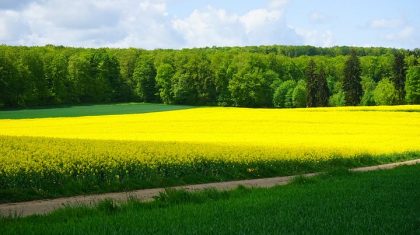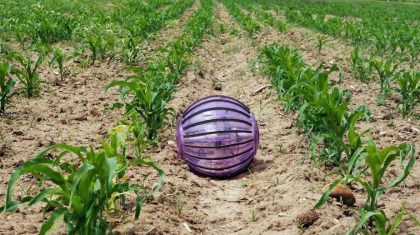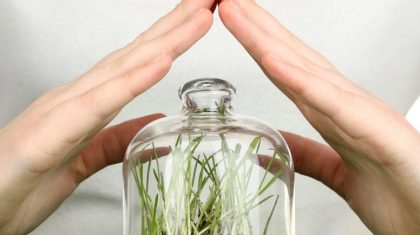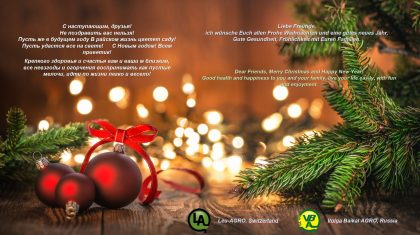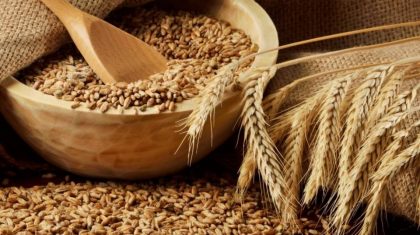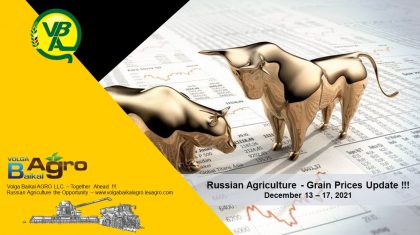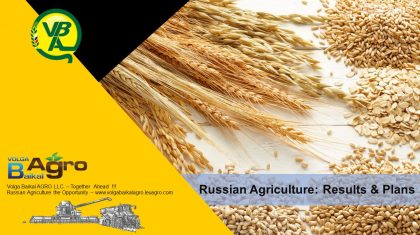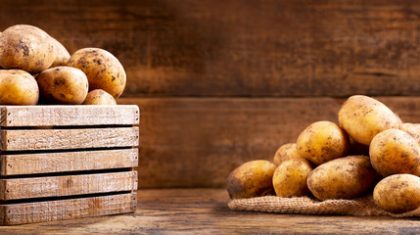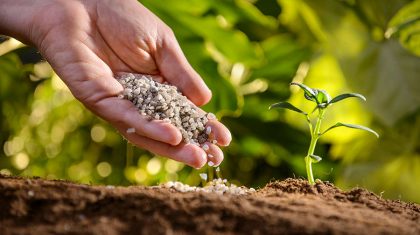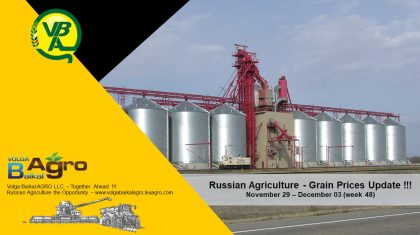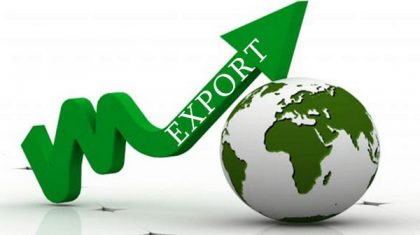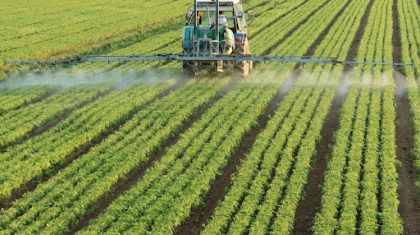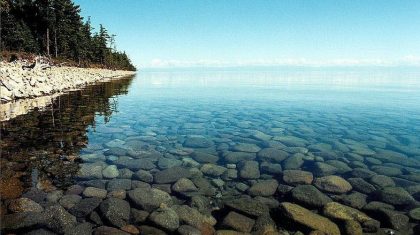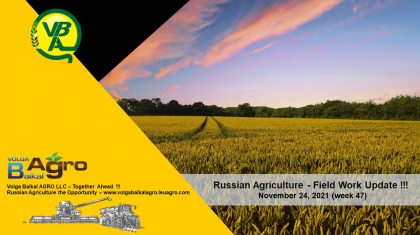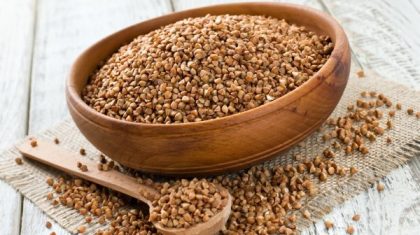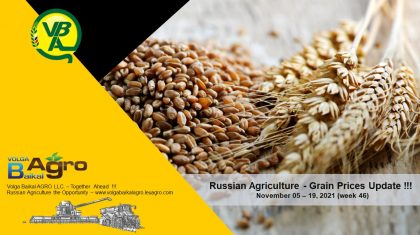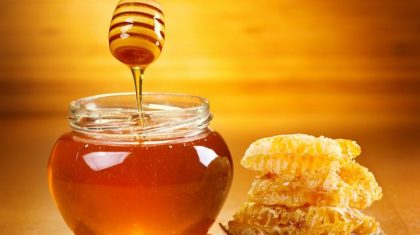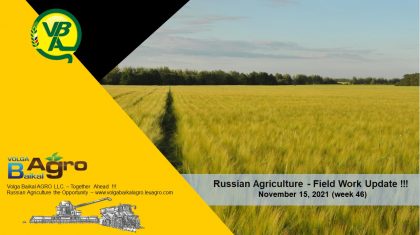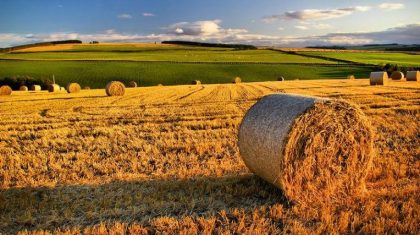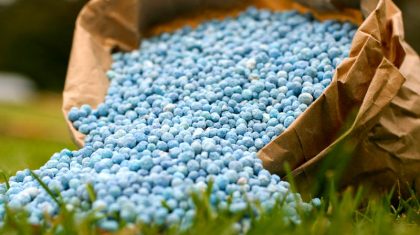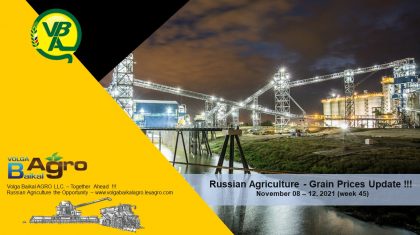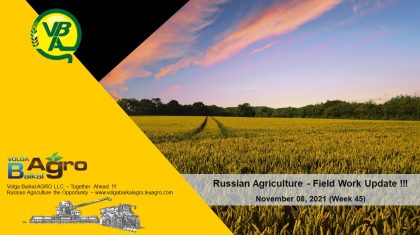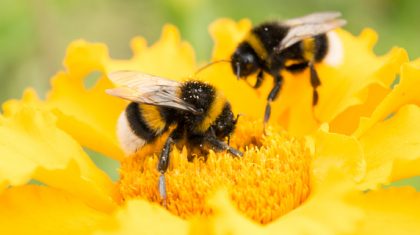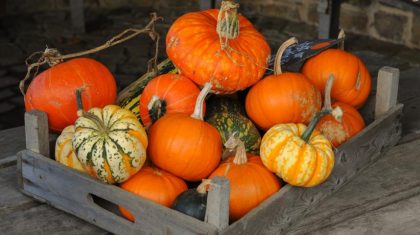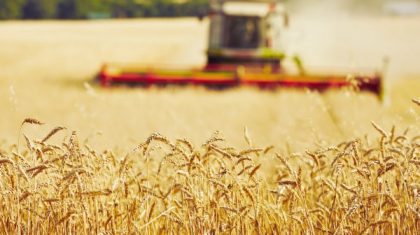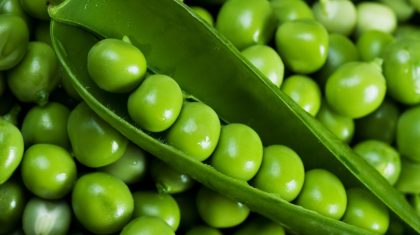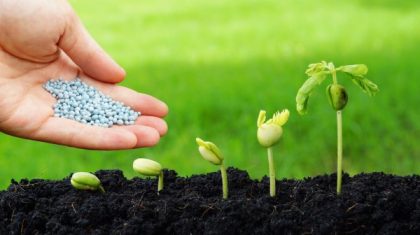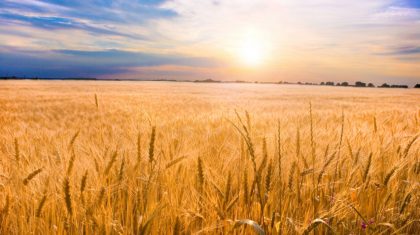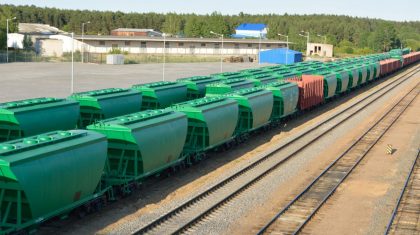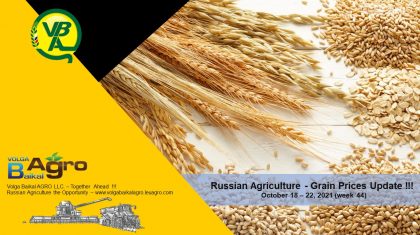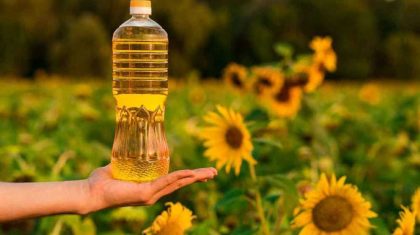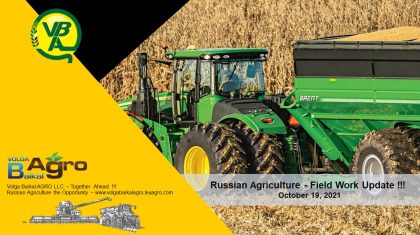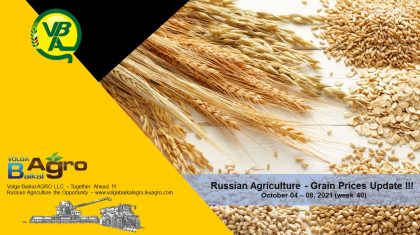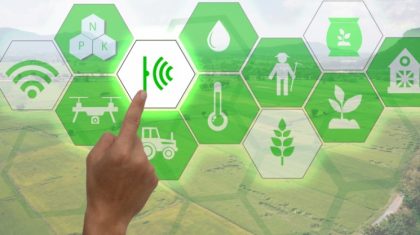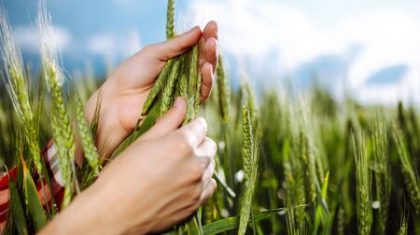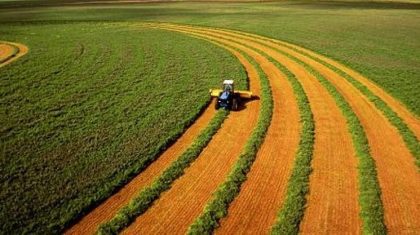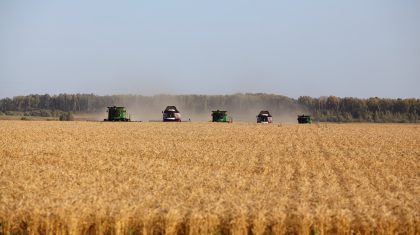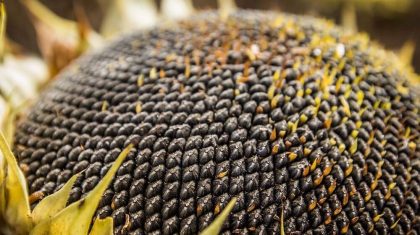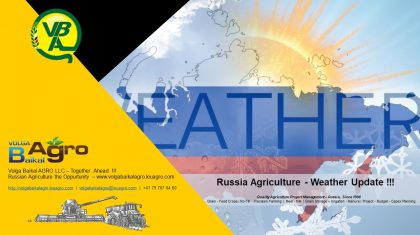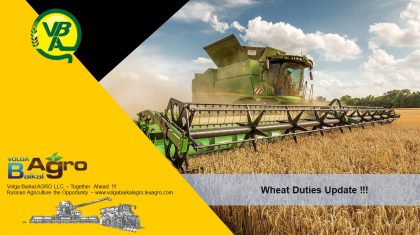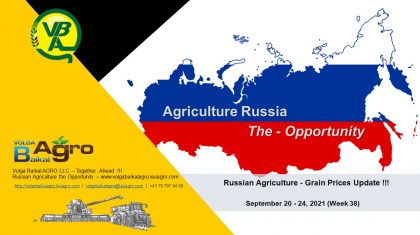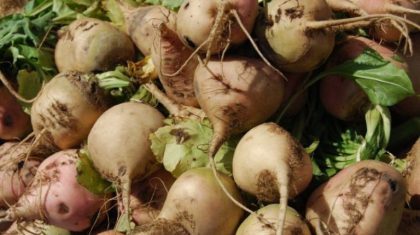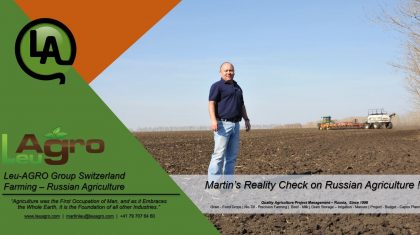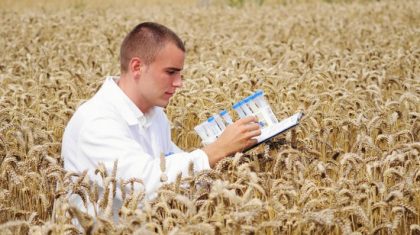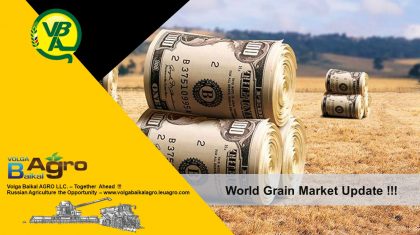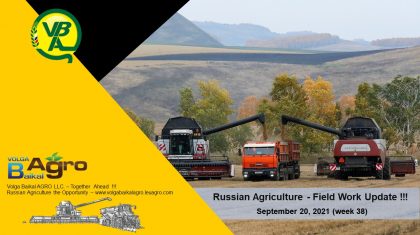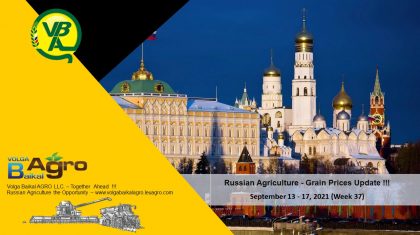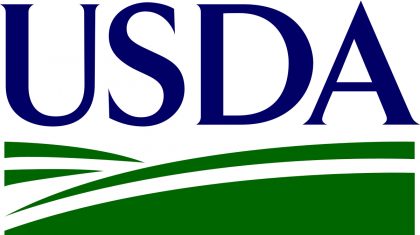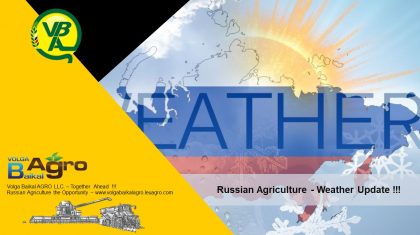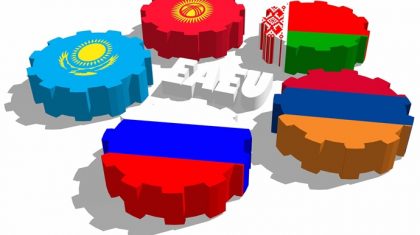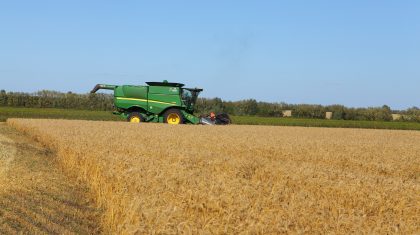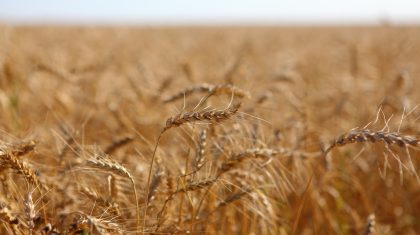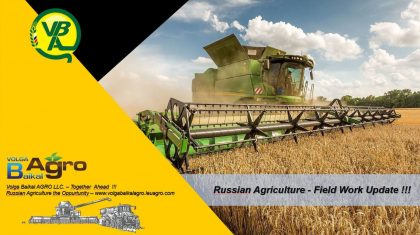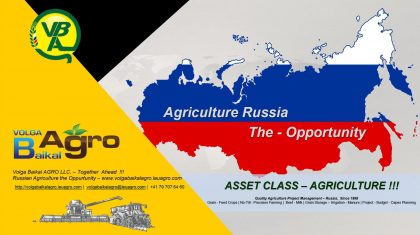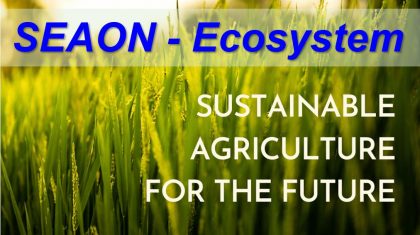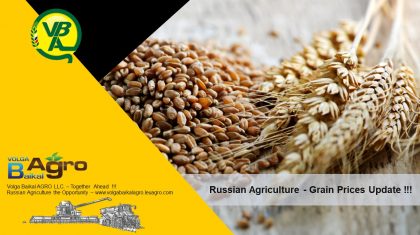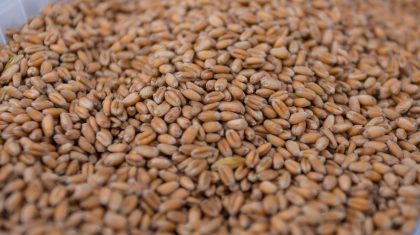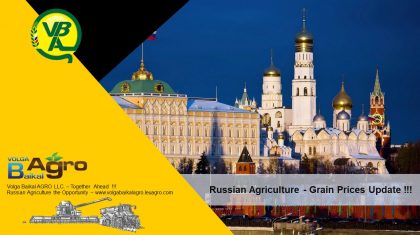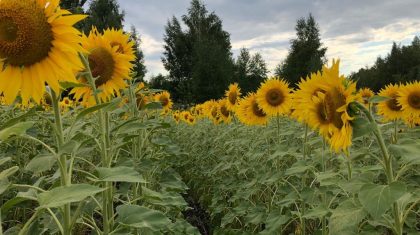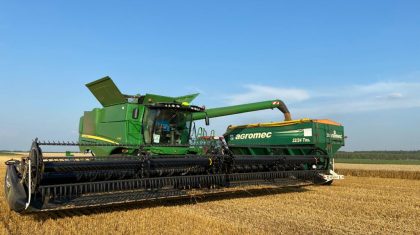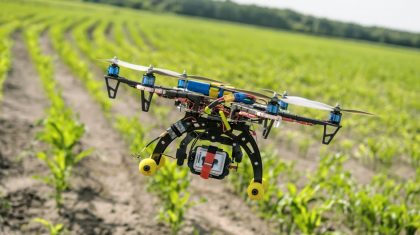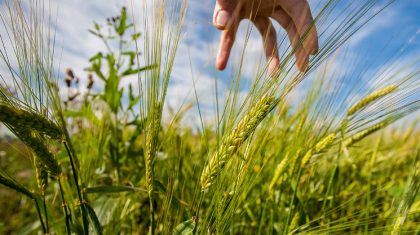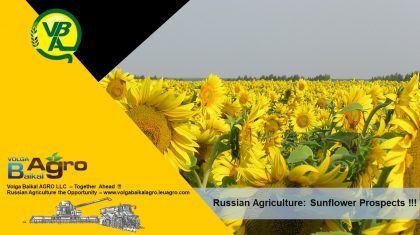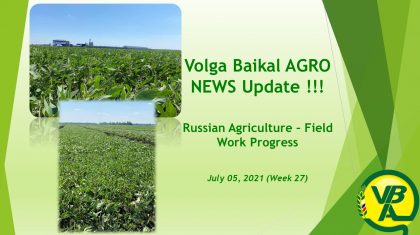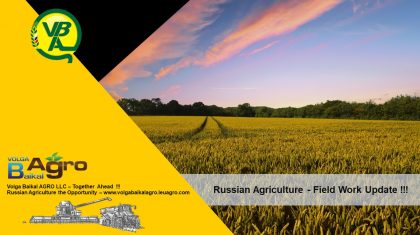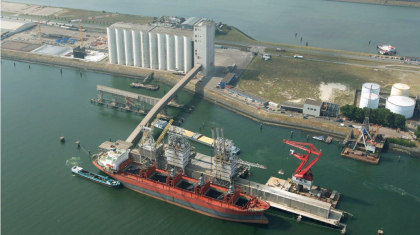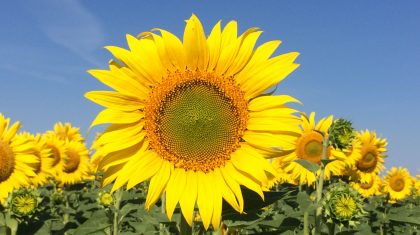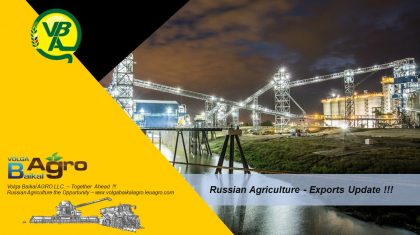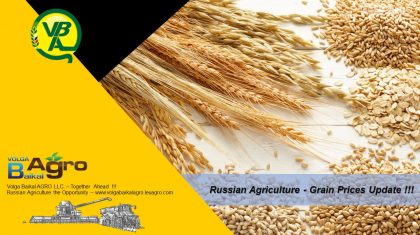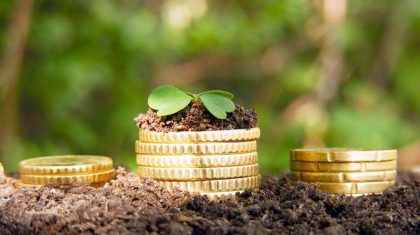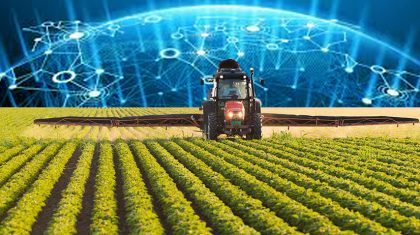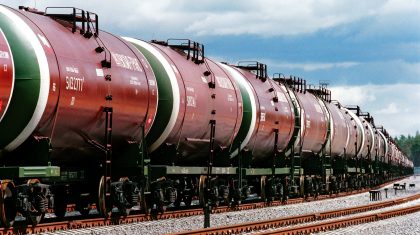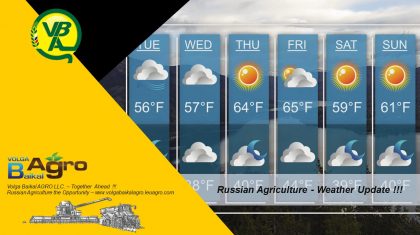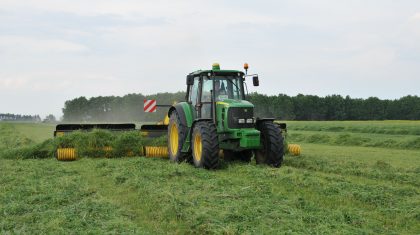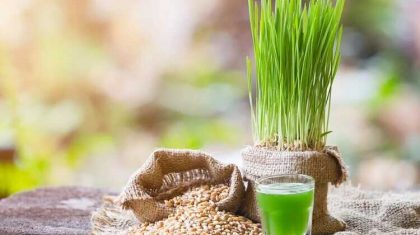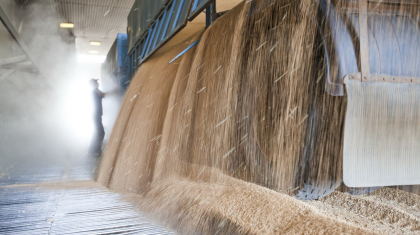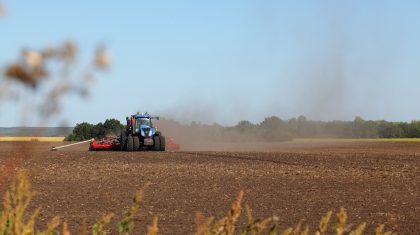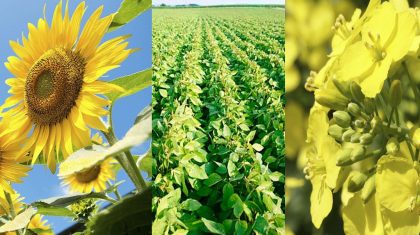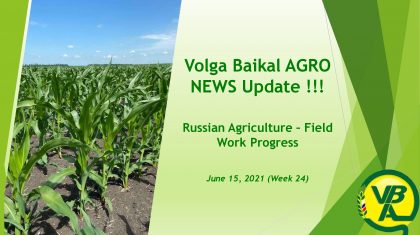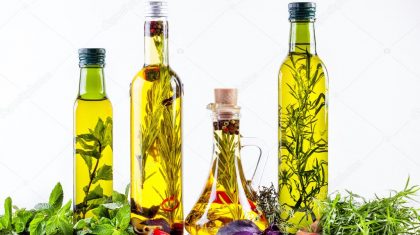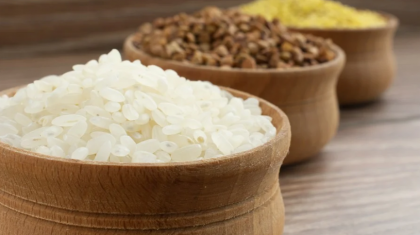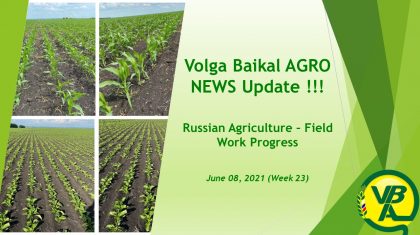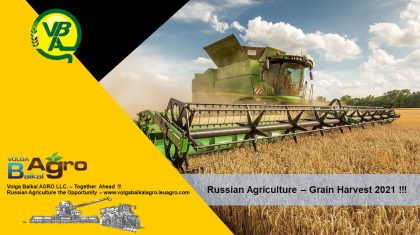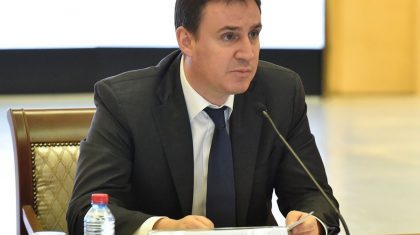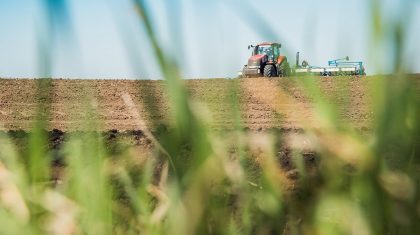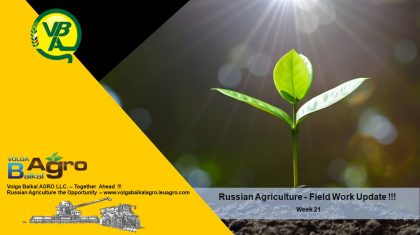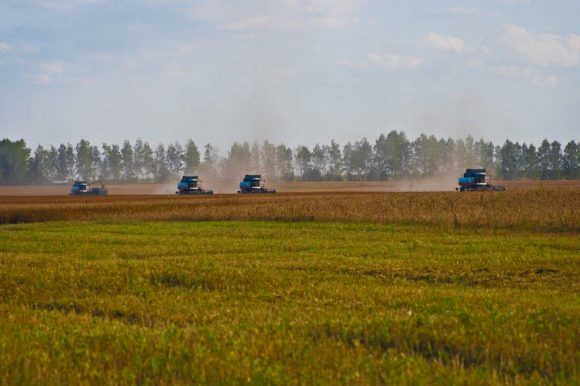
Volga Baikal AGRO NEWS Update on the Land Bank in Russia !!!
Unplowed field: is it worth returning fallow lands into circulation.
A new approach to identifying fallow lands will allow to supplement lists of unused lands with more profitable sites.
According to the Ministry of Agriculture, 12 million hectares need to be returned to circulation.
The dynamics of the return of abandoned land to circulation in Russia may acquire a different scale: after the government approved new signs of unused agricultural lands, the mechanism for identifying them on the ground has become easier. The wording of the previous ruling from 2012 was general and it was criticized a lot. Now the regions have started updating the lists of unused plots in accordance with the clarifications.
A new approach to identify fallow lands will make possible to supplement lists of virgin lands with more profitable allotments, since a plot is now entitled to be recognized as “unused”, even in a quarter of which there is no active agricultural activity, if 50% of the area (for productive and valuable lands – 20%) is occupied by weeds, there is unauthorized construction, chemical contamination or littering was detected.
According to the agrarian committee of the State Duma, in Central Russia – Smolensk, Tver, Vologda, Yaroslavl, Kirov regions – up to half of the arable land is not used. In the southern regions, on the contrary, profitable plots are not idle. Although the climatic conditions of the South make it possible to obtain higher yields than in the Urals and Western Siberia, due to the rise in grain prices, virgin lands have also begun to be more actively developed there.
As it was announced at a meeting of the board of the Ministry of Agriculture in September, the total area of unused agricultural land in the country reaches 44 million hectares, of which 20 million hectares is arable land. Department officials believe that 12 million hectares should be returned to circulation.
At the same time, not all agricultural experts share the opinion that there is an urgent need to use a significant part of the lands left out of circulation. As Alexei Naumov, head of the department for the study of rural development at the Institute of Agrarian Research, reported to Agroinvestor:
“The thesis “it is more efficient to use the land on which agricultural production is carried out” is more to my liking. Moreover, that is a principle of the free market economy: if land can be used profitably in agricultural production, then it will be used. An owner who does not have the funds or desire to engage in agricultural production will sell the land or lease it. If there is no demand for the land, it means that it does not provide profitability (there may be a number of reasons), at least at the moment. Then what is the point of trying to force it back into agricultural circulation?”
Natalya Shagaida, PhD in Economics, Director of the RANEPA Center for Agri-Food Policy, believes that it is logical to develop firstly the processing industries, increase the need for fodder crops, and only then expand the area under crops by returning virgin lands. “The difference between the area of agricultural land in the country (222 million hectares) and the area used by agricultural producers of all types (125 million hectares) according to the last census of 2016 is huge. Since 1990, the sowing of grain has decreased by about 15 million hectares, but at the same time their gross yield has increased, – she commented to Agroinvestor. – The return to the areas of the 1990s is hardly justified: then everything that was possible and impossible was plowed up and sown. Now the main reduction in sowing occurred due to fodder crops: in general, sowing from 1990 to 2020 decreased by 38 million hectares, including the area under fodder – by 30 million hectares.”
The expert is convinced that increasing yields is more effective than returning overgrown land to production. In Russia, the potential for yields is not exhausted yet; now the role of technologies and innovations is increasing, which give a greater effect. It is another matter that the involvement of land in economic activity is important for rural development, but this is another matter. At the same time, N. Shagaida draws attention to the fact that it is one thing to withdraw a plot from a careless owner, and another thing to find a new investor. So, in the absence of those wishing to redeem the land at the auction, the territories are deprived of the land tax for their budgets. In addition, the subject is obliged to redeem the site if no one is willing to buy it. That is, money will be spent, and the land will still not be used, inspectors will appear, and the new owner will have problems. Representatives of municipalities have already complained about this,
“It would be more useful not to aim at all the farmland in the country, but to involve only the areas where there is a need, – she is convinced. – If those who want to get land see that there are no people, animals and working agricultural machinery in the field, then they write a statement with a request to start the withdrawal procedure to the supervisory authority. Any outside expert can draw up an act at the request of the judge. It is always clear to him when the site is being used and when not. Will the owner disagree? Let it attract an expert. The specialists will present their arguments in court. There is no need to give everything to an official.”






